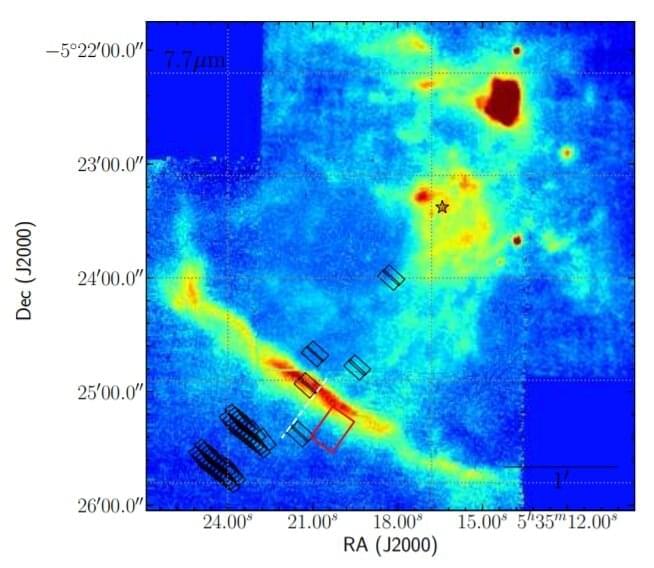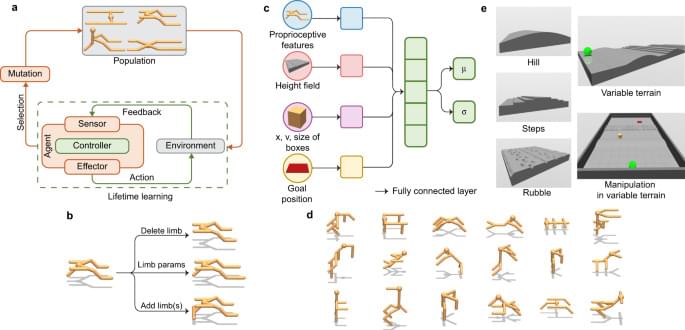Our hunter-gatherer ancestors are huddled around a campfire when they suddenly hear the nearby bushes rustling. They have two options: investigate if the movement was caused by small prey such as a rabbit, or flee, assuming there was a predator such as a saber-tooth tiger. The former could lead to a nutritious meal, while the latter could ensure survival. What call do you think our ancestors would have made?
Evolution ensured the survival of those who fled the scene on the margin of safety rather than those who made the best decision by analyzing all possible scenarios. For thousands of years, humans have made snap decisions in fight-or-flight situations. In many ways, the human race learned to survive by jumping to conclusions.
“In modern context, such survival heuristics become myriad cognitive biases,” said Eric Colson, Chief Algorithms Officer at Stitch Fix. Let’s look at the most common biases or shortcut decisions that influence organizational leaders and how decision intelligence can come to their rescue.




